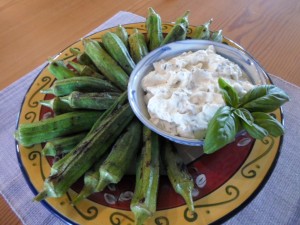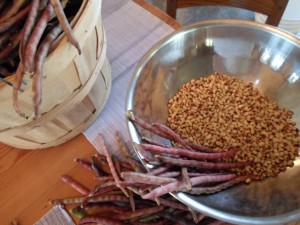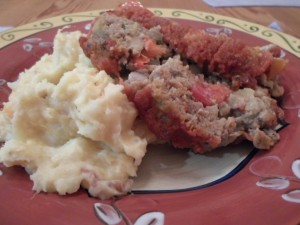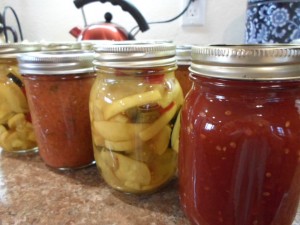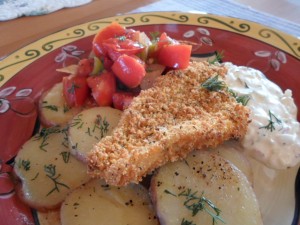Last weekend we harvested grapes for friends in Tyler and we had a harvest of our own. The green beetles have really been voracious eaters this year. If we had picked a week earlier, I’m sure we’d have harvested twice the grapes. It felt like we were racing the beetles to get to the fruit first.
Meager as the harvest was, it is always a relief to have it finished. Now I can catch up on all the other work that needs to be done. I can work on my garden again and get it ready for fall. I can tend to my flowerbeds that have overgrown with weeds. I’m also dreaming of cooler days that are perhaps a little less hectic.
Enough dreaming, so I kicked off fermentation on my red grapes. Punching down the cap at least twice each day adds air into the must (very early wine with skins, seeds, etc.) which helps the yeast do its job. Also keeping the skins mixed into the must brings out more color and flavor. By this time next week, we’ll have begun the malolactic fermentation, converting malic acid in the must to lactic acid and thereby reducing the acidity.
It seems that while some things may be winding down, others are just getting started. Clearly okra is doing well in the heat. We pick almost every day and have to throw out okra that is too large and woody because we either skipped a day or didn’t see it. I have many recipes for okra, but stumbled across one for an hors d’oeuvres or appetizer.
Can you imagine serving okra and a dip at a party or even to the gang watching football? The recipe brings out the snazzy side of okra and dresses it up with a lemony-basil dip.
Lemony-Basil Dip
32-oz. container yogurt, strained
1/3 cup fresh basil, chopped
1 lemon zested and juiced
3 cloves garlic, minced
1⁄2 tsp. sugar
1-1/2 tsp. salt
1⁄4 tsp. pepper
Place several layers of cheese cloth (or a large coffee filter) in a strainer and place over a bowl. Pour yogurt in and let it strain in the refrigerator for up to 24 hours. Then add the remaining ingredients, stir well and chill before serving.
Grilled Okra
2 lbs. small okra, cleaned
1-1/2 or 2 Tbsp. olive oil
1 tsp. salt
1/4 tsp. pepper
Toss the okra in olive oil, salt and pepper. Grill over medium-high heat for about 3 minutes on each side. Let cool and serve with chilled lemony-basil dip.
I love snacking on fried okra and the grilled version tastes just as good, and it’s better for you. The dip is low-calorie, tasty and fresh. I would certainly serve this at a get-together instead of fatty fried chips and dip. Hmmm, is that why no one comes over?

